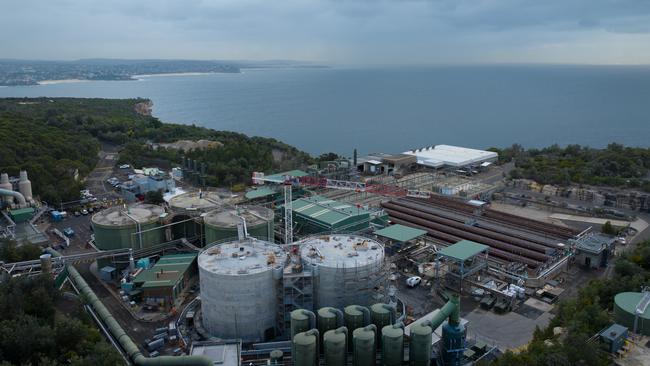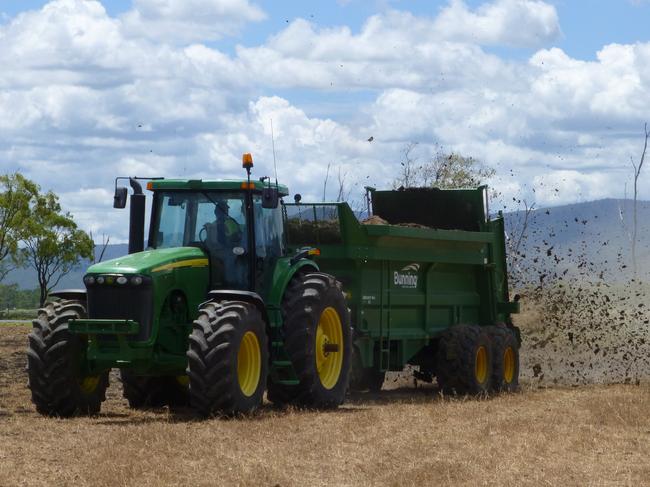From toilet bowl to food bowl — how Sydney’s human faeces helps feed the nation
From your toilet bowl to the state’s food bowl – how the faeces of more than one million Sydneysiders is helping Australia’s crops flourish.
Manly
Don't miss out on the headlines from Manly. Followed categories will be added to My News.
Technology allowing the “number twos” of more than one million Sydneysiders to be transformed into fertiliser to grow important food crops in rural NSW has received a massive boost.
The ability to create biosolids — a by-product of wastewater treatment that’s used to nourish soil — will almost double at Sydney Water’s North Head Water Resource Recovery Facility at Manly.
Thanks to the installation of two new 14m-high concrete “digesters”, the plant will be able to convert more wastewater and solid human waste flushed from city households into tonnes of nutrient-rich biosolids to be used to fertilise crops like canola, oats and wheat across the Central Tablelands and Upper Hunter.

When they the plant is at full capacity, it will produce about 70 tonnes of fertiliser, rich in nitrogen and phosphorus, each day that will be trucked weekly to Bathurst, Orange, Singleton and Muswellbrook.
Farmers buy the material from local contractors.
Wastewater treatment plants across NSW create about 175,000 tonnes of biosolids each year with 80 per cent going to farmers to enrich their soil ands improve its water holding capacity, helping crops become more resilient to drought.

The installation of the two new “digesters” will also reduce odours from the plant — Sydney Water’s second largest — which treats the sewage of about 1 million people from Seven Hills in the west, south to Bankstown and north to Ku-ring-gai and Collaroy.

In 2021, Sydney Water began work to upgrade the facility to improve how it processed biosolids for use as fertiliser for agricultural purposes. By 2043 it will almost double the capacity of sludge production for fertiliser from 40 to 70 tonnes a day.

It said recovering and reusing the solid waste also helped cut material going to landfill while also reducing the amount of chemical fertilisers used on farms.
Sydney Water North Head Production Manager, Kelvin Chow, said the upgrades were an important step forward in the treatment of wastewater.

“We proudly produce biosolids for agricultural purposes, which helps reduce our environmental footprint,” Mr Chow said.
“Not only will these upgrades result in increased biosolids production, which are stable and odour free, but they will ensure the ongoing reliability of the facility.
Sydney Water also uses the wastewater to generate its own power.

Close to 60 per cent of the facility’s energy needs come from renewable sources including a hydro-electric generator. Treated wastewater falls though a shaft on its way to the deepwater ocean outfall. The falling water has enough kinetic energy to drive a water-powered generator.
And methane gas is captured from the digesters and used to power a combustion engine that drives an electricity generator.
State Liberal MP for Manly MP, James Griffin said in December 2021 that being able to support farmers and regional economies was a “great source of pride for the people of Manly.”





